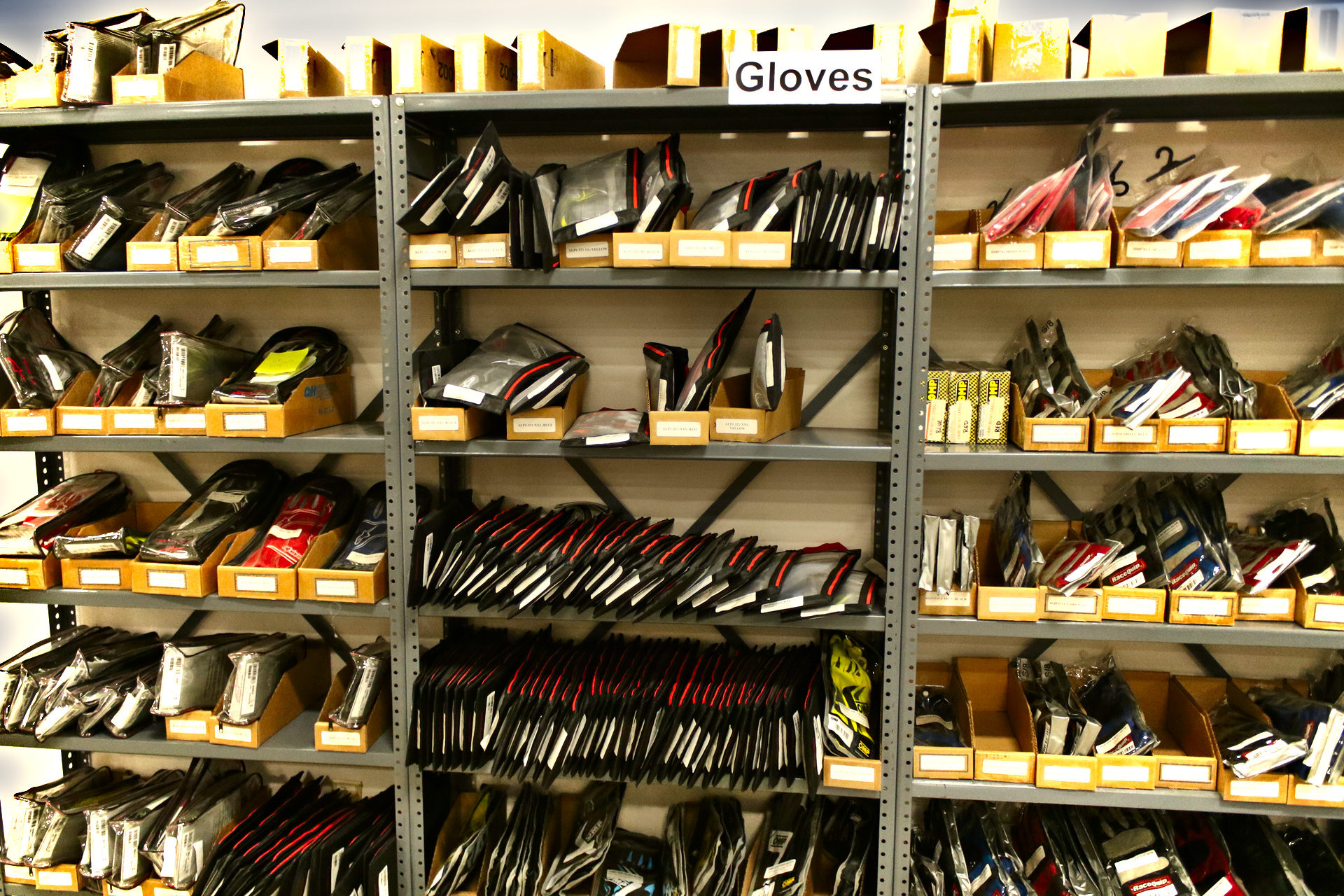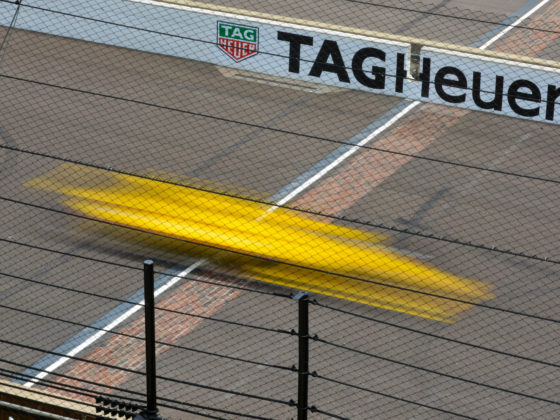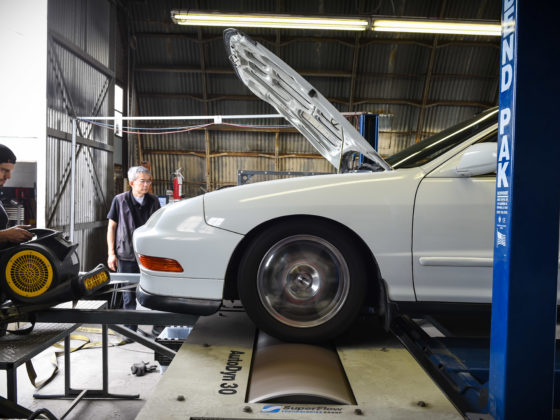Next up (or down?) in the list were gloves. In reality, one of the only clothing items that is involved in actual driving is your glove. This is probably the place where, regardless of cost, you want to get the most comfortable product that you can stand to afford.
But what makes a nicer glove?

Sueded steering wheels are essentially standard equipment for race cars. One of the new features on higher-end gloves is silicone gripping areas in the palms and fingers. You would be amazed at what this does for your grip on the steering wheel. It’s actually hard to slide a sueded wheel through a silicone-gripped glove.
Another important feature for comfort is external stitching. Most gloves, racing or otherwise, are usually constructed inside-out, and then turned inside-in. The end result is that the stitching is on the inside of the glove, which most people think looks normal and nice. Most standard socks are this way, too. The stitching ends up on the inside.
With an externally stitched glove, you can see that the seams are on the outside of the glove. This means there’s nothing inside the glove for your finger to feel. This results in a supremely comfortable fitment.
What’s the “right” fit for gloves? It should be loose enough that you can grip the steering wheel without feeling like you are going to bust the glove open. And, of course, you should actually be able to get the glove on your hand. If there’s a lot of space in the fingers, or it bunches weirdly when gripping the wheel, it’s probably too big.
I threw up in my mouth a little at the $189 MSRP, but I knew how important gloves were, so I bit the bullet on the top-level Sabelts. Plus, they were insane fluorescent yellow, which matched the accents in the Challenge driving suit. So I had to, right?
I was almost covered from head-to-toe, with only shoes left to decide on.
Just don’t do it, OK. You will immediately regret trying them on. Because you will want to buy them. Because they feel like you’re not wearing shoes at all.
But is that enough? What goes into a good racing shoe?
Racing shoes generally have mostly flat-ish and stiff soles. This helps with control and feedback into your foot. In this case, Sabelt advertises the Challenge’s fingerprint-looking design as “digit”, offering more grip. The heel of a racing shoe also usually has a rubberized gripping surface on it to help keep the heel of your foot in place if and/or when it rests on the floor of the cabin.
As with gloves and other clothing, Sabelt’s shoes all carry the 8856-2000 certification. Other manufacturers will carry SFI certifications. Shoes (uppers) and gloves are all made out of flame retardant cloth







1 comment
Thanks for great for me